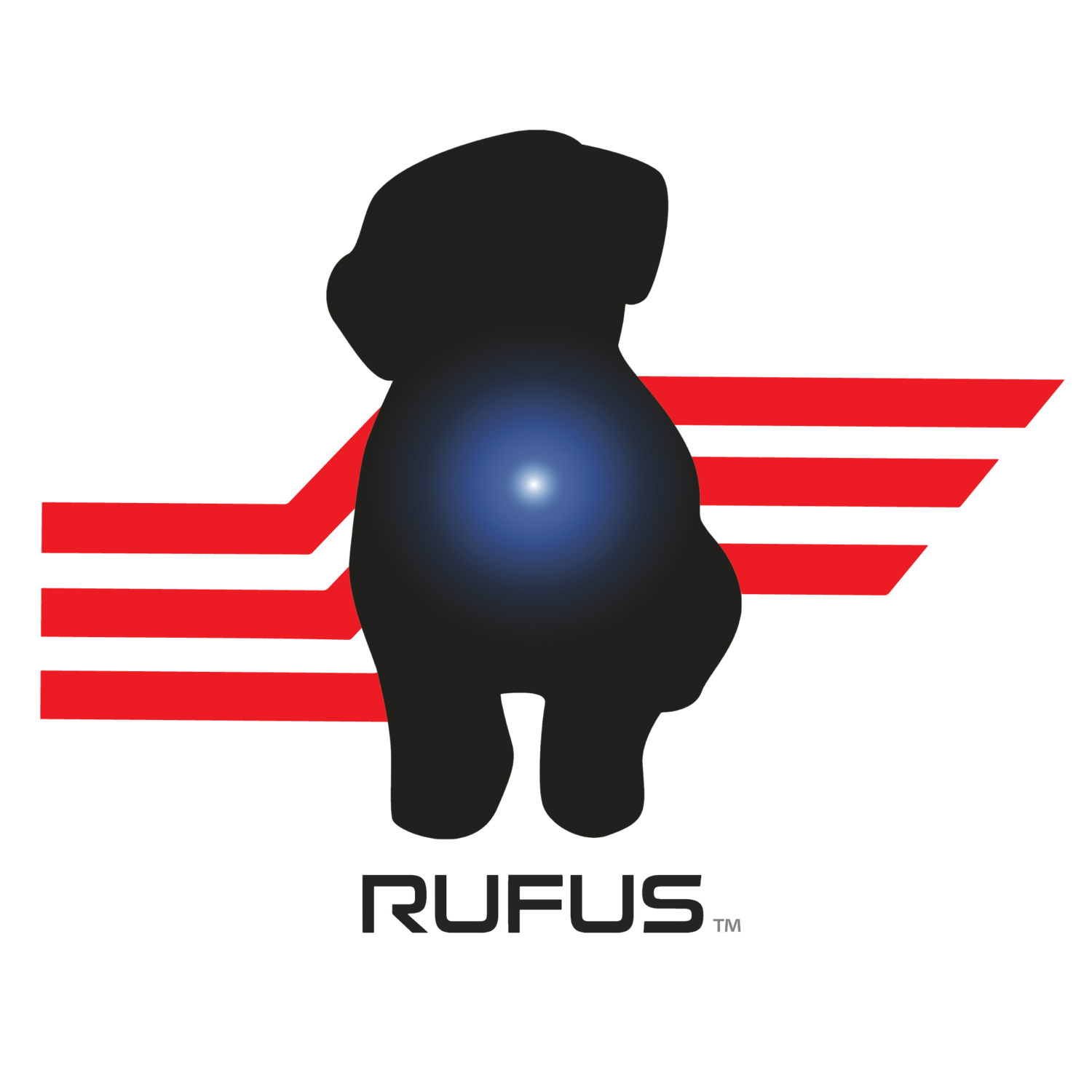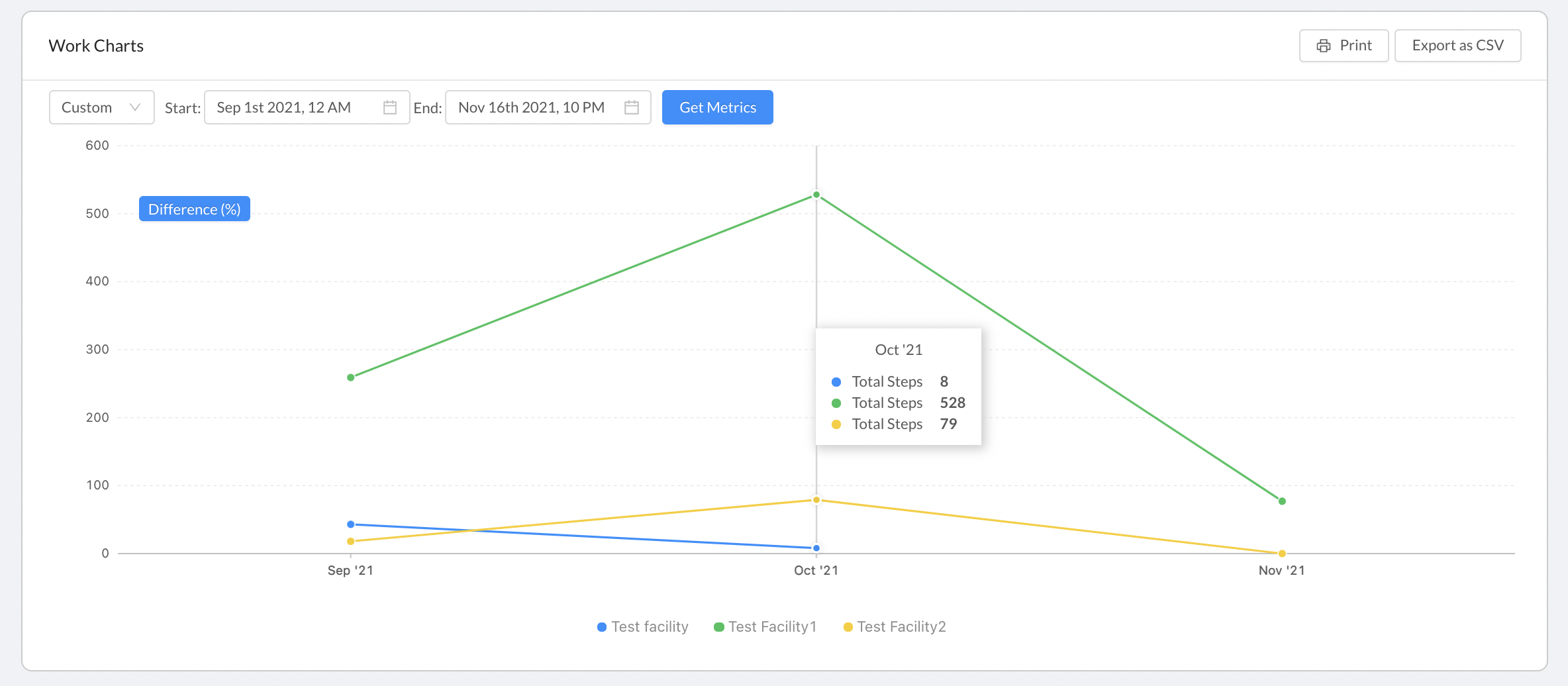How Paper Based Picking Processes Are Burning a Hole In Your Bottom Line
When you consider warehouses of the future, your mind would obviously think about how technology, and even robotics, might be used to fulfill orders and manage inventory. Even though we’re in the present, we’re also in the future. It’s now 2022, and still, more than 60 percent of DC’s still use paper picking systems, according to a 2015 survey by Peerless Research Group. Admittedly, about half of those paper users also supplement their processes with select scan verification technologies or automation systems, and most of them are also running a Warehouse Management System (WMS). But, considering that 60-70 percent of warehouse labor costs come from the order-fulfillment process, why would any operation stick with such an old-school, labor-intensive pick method? Operations might think they are saving money, but in reality they are practically burning money like your friend Danny Devito.
Typically warehouses start with paper because…
The numbers indicate that this trend has legs. There’s clearly a reason why paper-based picking is still so prevalent. One quite obvious reason is cost. Many operations just don’t have the capital to initially invest in a WMS or barcode scanning technology. And, once they grow, warehouses grow extremely fast and don’t have time to implement something new. If you’ve ever tried to help your parents set up a new computer, you know technology adoption can feel daunting. Now imagine that across hundreds of employees.
Oftentimes, it’s simply caution. Warehouse managers are afraid inventory will break or be damaged by implementing a software based picking system. Why risk removing the human safety net of the process when experienced pickers can pick fast using their paper based processes? Well, there are downfalls. Often, an experienced picker will, in a sincere effort to boost pick rates, pick multiple orders on a single trip. At a glance, that seems like batch picking, but it’s actually just multiple-order picking. It seems like the same thing but isn’t.
In fact, randomly grouping several pick tickets into a single pick trip can actually increase travel time because the slowest order holds up the entire group. Because the picker has now created a situation where they must pick all the items on each ticket during a single pass, they are forced to transport all the picks along the entire path. In other words, individual – and potentially unrelated – orders become inseparable from the group, bound to travel together start to finish. When broken down, it’s no more efficient than single-order picking.
What happens when you stay on paper based picking and don’t modernize:
While it might seem like less of a lift in cost, effort, and training in the beginning, over time, the resistance to modernize and upgrade technology could lead to some serious issues down the road. Without a warehouse management system, combined with modern android devices, picks are prone to errors and picking incorrect items or quantities. Because software isn’t updating the picker, they may find the stock is different from what the printed ticket reads and cause lags in the chain in order to figure out the discrepancies.
The bottom line is –– well –– that improving your pick operation improves your bottom line! Whether you are running a traditional paper picking system, or a customized combination of computer-directed methods, adding appropriate products and technologies to your picking processes can improve inventory visibility and accessibility, boost pick speed and accuracy, and eliminate the glitches and holdups that shortchange operational productivity and rob you of profitability.
What Happens when you modernize and go from paper based to modern picking with Rufus Wearables and WorkHero software.
Wearables
Rufus customers see an average of 20% picking speed improvement modernizing their operations from paper based-picking to wearable software based picking with WorkHero. How do we accomplish this? With the most rugged, lightweight, lightning fast wearable barcode scanners- the Rufus Scan2 CR and MR, and the reliable, industry grade Rufus Cuff Pro and Rufus RADD Tab android devices- warehouse pickers scan hands-free without picking up papers or setting anything down, sometimes doubling or tripling productivity.
Software:
Rufus WorkHero is a subscription service for your warehouse team that outfits them with not only barcode scanners and android devices, but also a robust software platform including productivity analytics, mobile device management, and more. Combining the power of Rufus wearables with our WorkHero dashboards, warehouse management is equipped with superhuman capabilities to bring their picking operations into the modern era of warehouse technology and automation.
Price:
Starting as low as $4/day/worker, WorkHero allows you to invest in technology modernization that boost productivity immediately without breaking the bank. We even have customers starting with WorkHero without implementing a WMS at all. Our team can outfit your operations with a solution catered to your stage of warehouse growth and enable you to rapidly improve efficiency without outlying hundred of thousands of dollars.
Every business goes through transformations and growth get ahead of the headaches with Rufus’ low monthly subscription model, allowing you to crawl, walk, run and improve picking speeds on your terms, without getting left behind. On day 1 you’ll start saving money and eliminating labor costs due to paper processes. Reach out to us today to get a 1 month free demo of WorkHero in your facility!



